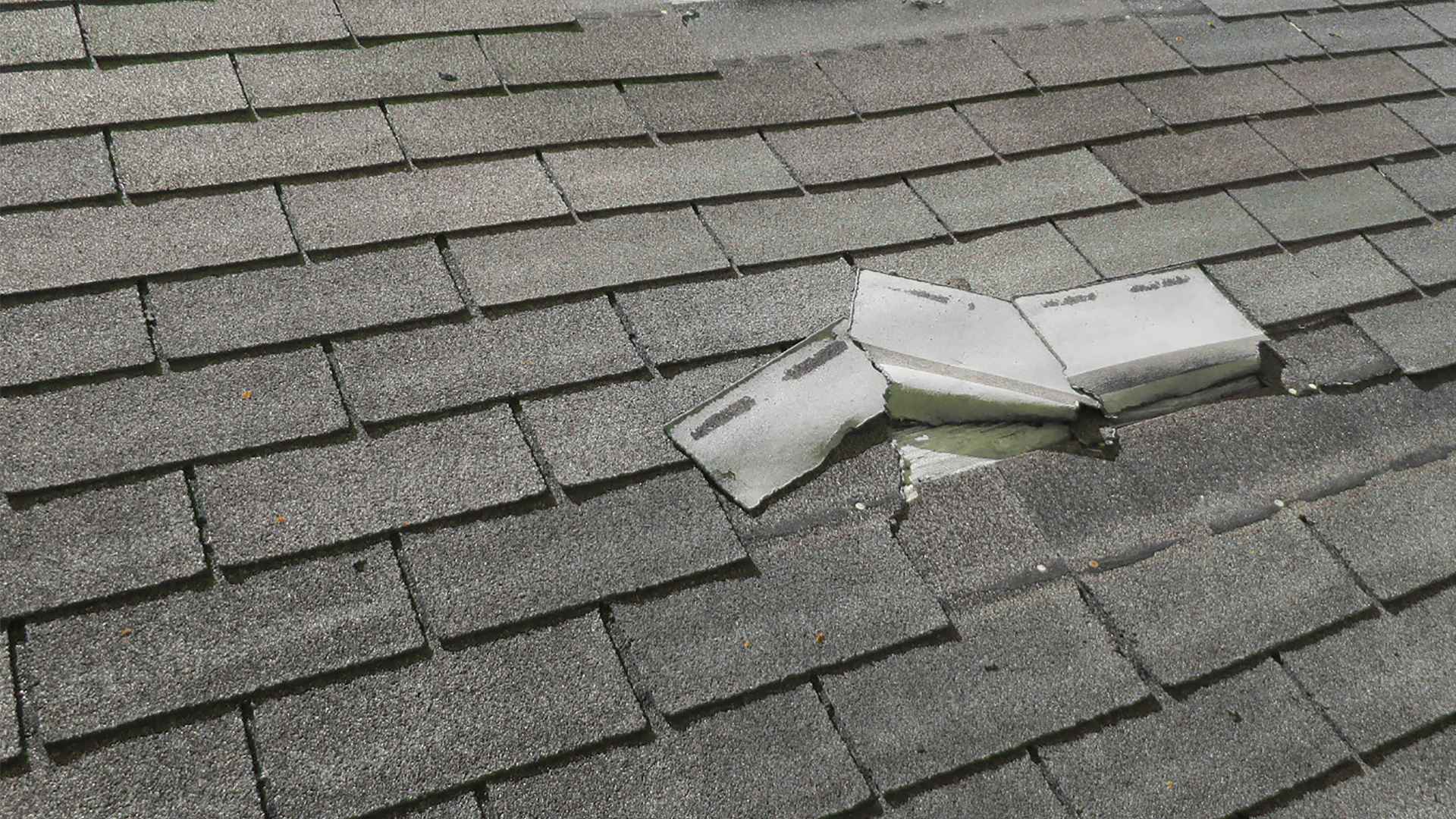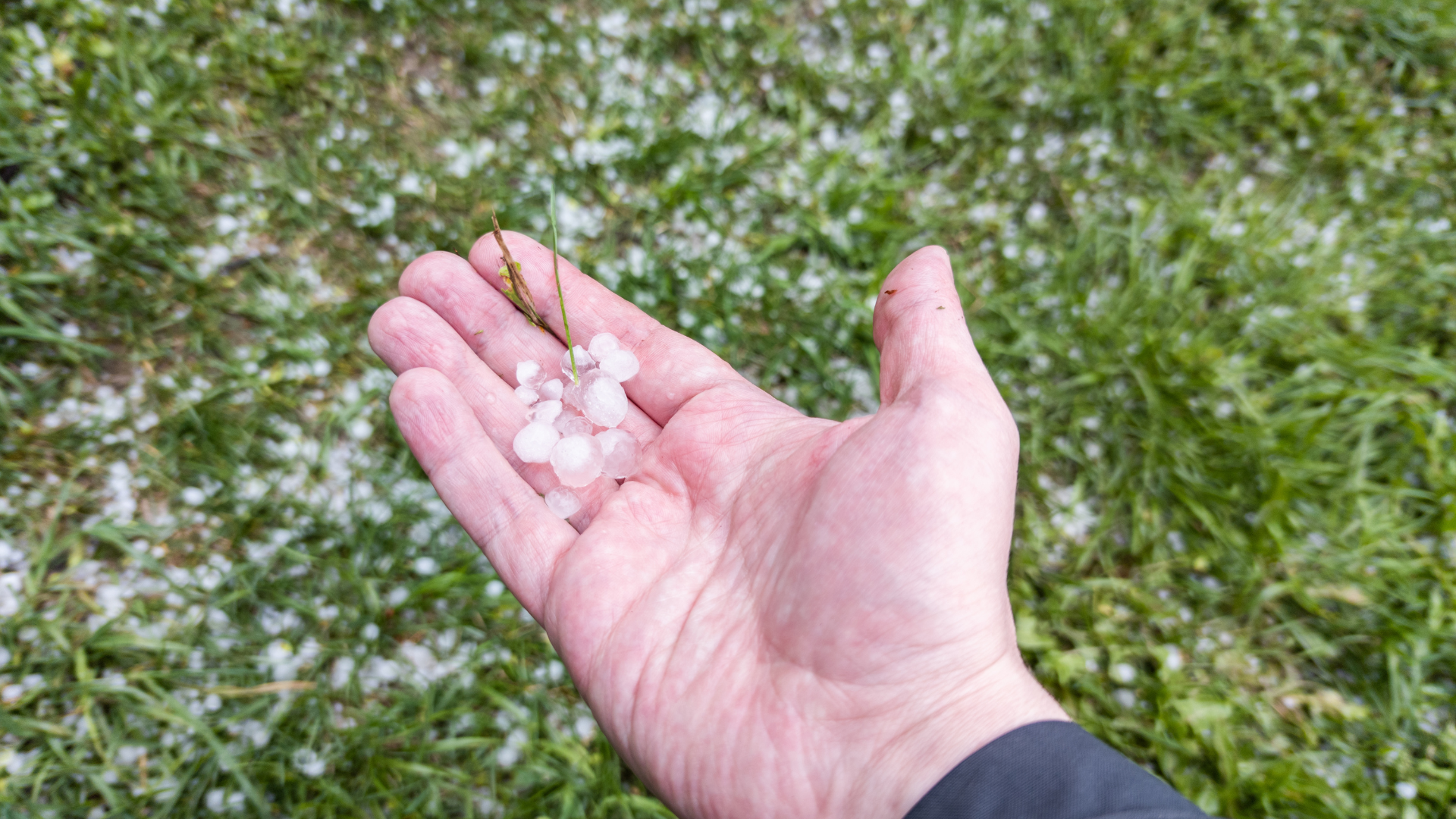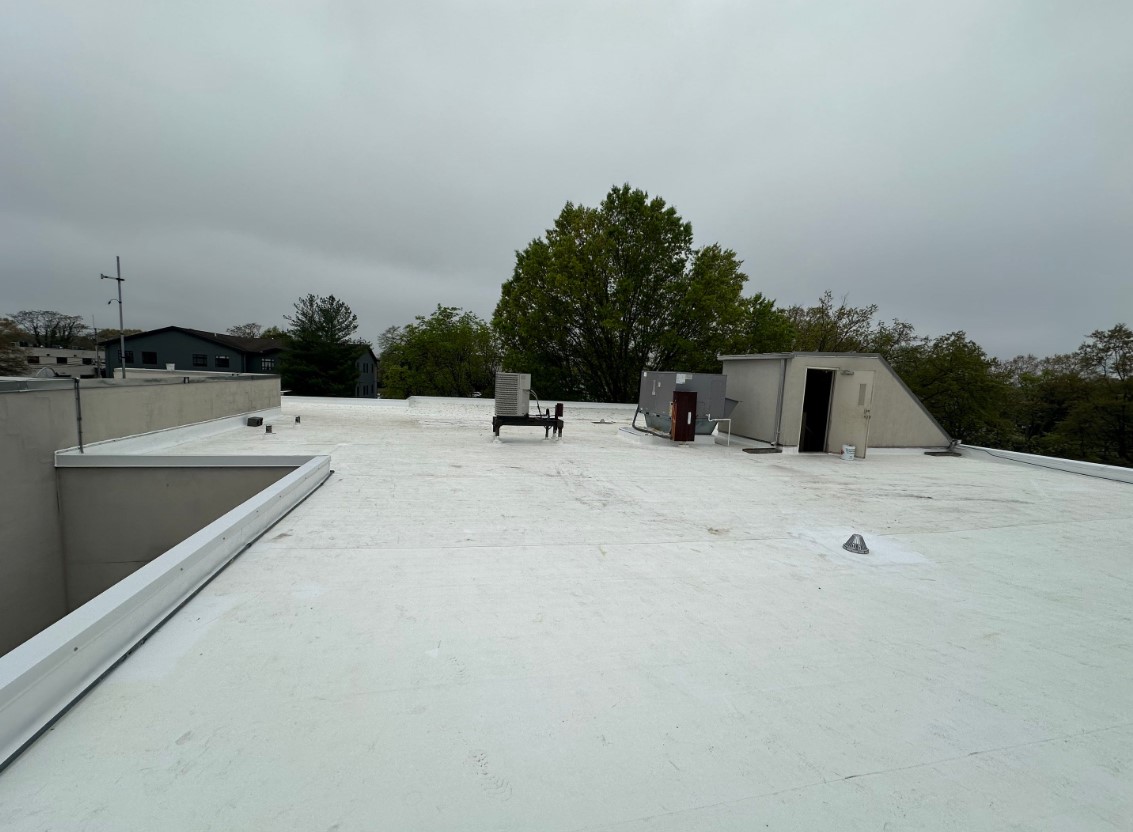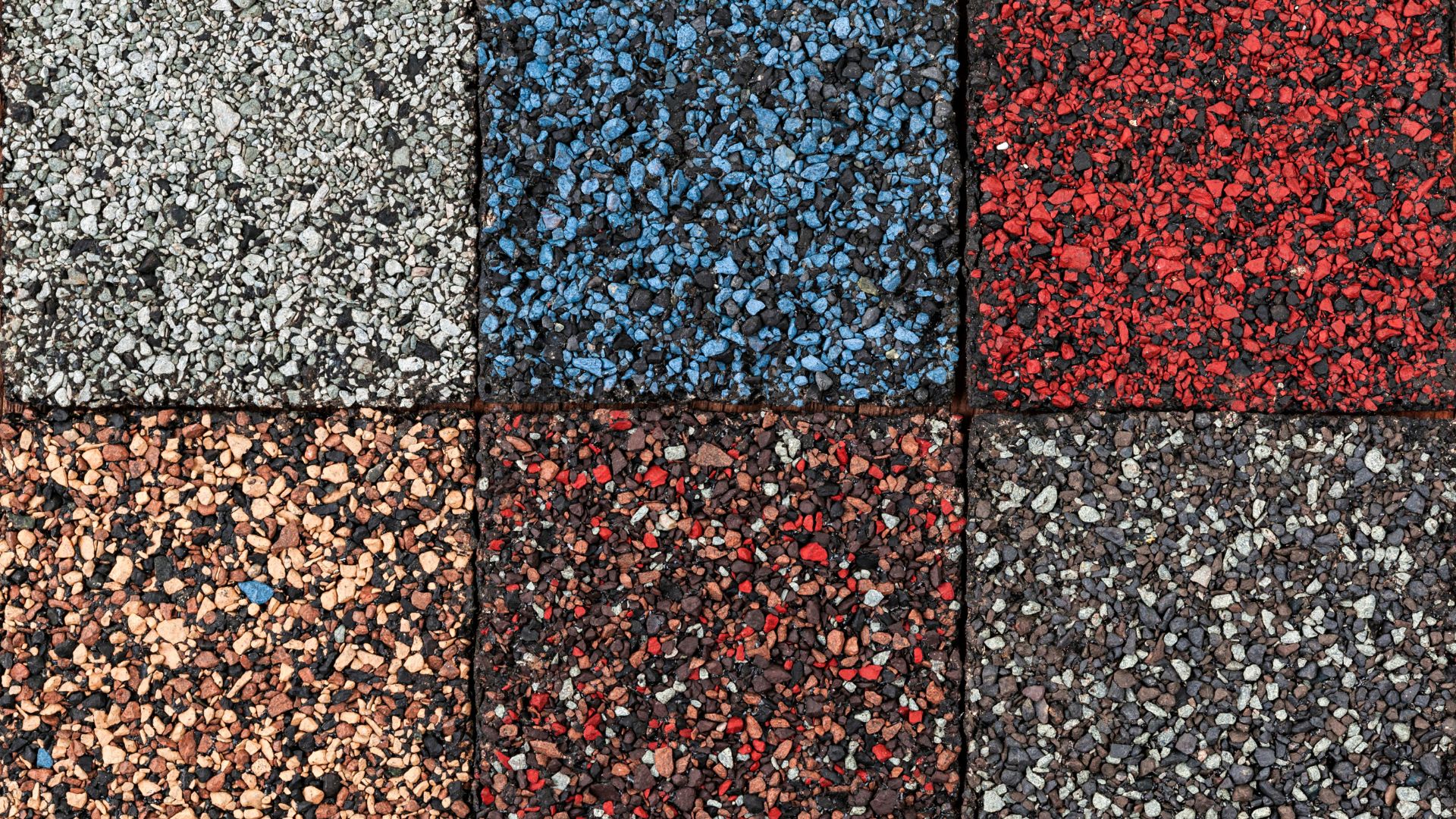You’ve probably thought of this nightmare scenario before. You just bought a new business in a nice part of town. You’re working hard in there when suddenly the sky opens up and rain starts coming down.
Suddenly, you spot a trickle of water coming from above. You have a leaky roof.
A leak is the symptom of many different types of roof damage. Your roof serves as the protective shield of your business, defending it against the elements year-round. However, exposure to harsh weather conditions and age can lead to roof damage over time.
Identifying and addressing roof damage promptly is crucial. It will help to prevent further deterioration and expensive repairs.
In this blog, you’ll explore the most common commercial roof problems and provide valuable tips on how to identify them. Continue reading to learn more about common roof issues.
Missing or Damaged Shingles
Shingles are the outermost layer of your roof, and they play a vital role in shielding your business from rain, wind, and sunlight. Over time, shingles can become loose, cracked, or even entirely missing due to storm damage, strong winds, or age-related wear.
To spot missing or damaged shingles, conduct a visual inspection from the ground using binoculars. Look for irregularities such as curling edges, cracks, or gaps in the shingle patterns.
Binoculars can help you see the roof better. Alternatively, you can hire an expert to come take a look at your roof.
If you notice any signs of a damaged roof, it’s essential to have them replaced promptly to prevent water leaks and structural issues. You can get a roofer to come out to your business and provide you with an estimate before you commit to any purchases.
Leaks and Water Stains
Water stains on your ceilings or walls are clear indicators of roof leaks. These leaks can be caused by damaged or missing shingles. They can also be caused by improperly sealed flashing around chimneys and vents or clogged gutters.
During heavy rain, grab a flashlight and inspect the uppermost part of the business interior for any signs of water intrusion, such as damp spots or mold growth. Additionally, examine your ceilings and walls for discolored patches or water rings. Identifying and fixing leaks early on can prevent costly water damage to your building’s interior and potential mold growth.
Damaged Flashing
Flashing is the thin metal material used to seal and protect the joints and intersections of your roof. That could include the area around chimneys, skylights, and vents.
Over time, flashing can deteriorate due to exposure to weather elements, leading to potential water leaks. When inspecting your roof, pay close attention to these critical areas.
Look for loose, rusted, or bent flashing, as well as any gaps or cracks around the edges. Damaged flashing must be repaired or replaced promptly to maintain a watertight seal.
Sagging Roof
A sagging roof is a severe issue that requires immediate attention. Various factors, such as water damage, poor construction, or the weight of heavy snow and ice accumulation can cause it.
From the ground, inspect your roof for any noticeable dips or sags. Additionally, check for signs of structural damage in the uppermost parts of the structure, such as bowed or cracked rafters. A sagging roof can compromise the integrity of your entire business property, so contacting a professional roofer for an assessment is crucial.
Clogged Gutters
Gutters play a crucial role in directing water away from your roof and property’s foundation. When gutters become clogged with leaves, debris, or even pests’ nests, they can lead to water pooling on your roof.
Regularly inspect and clean your gutters to ensure proper water flow. During heavy rain, check for overflowing water or water spilling over the sides, which indicates clogs. Neglecting gutter maintenance can lead to water damage and even damage to a roof’s fascia if you don’t invest in roof repairs.
Hail Damage
Hailstorms can wreak havoc on your roof, causing significant damage that may not always be immediately apparent. Hail can dent or crack shingles, dislodge granules, and create soft spots that weaken your roof’s integrity.
After a hailstorm, conduct a thorough inspection of your roof, looking for signs of impact, granule loss, or cracked shingles. If you suspect hail damage, contact a roofing professional to assess the extent of the damage and determine the necessary repairs.
Ice Dam Damage
In regions with cold climates and frequent snowfall, ice dams can pose a significant threat to the integrity of your roof. An ice dam forms when snow on the upper part of the roof melts flows down towards the colder eaves, and refreezes, creating a dam-like barrier. As this process continues, the ice dam traps water behind it, which can seep into your roof and cause extensive damage if not properly addressed.
Blocked or Clogged Vents
One common problem with roof vents is blockage or clogging. Debris, such as leaves, twigs, or even bird nests, can accumulate around the vent openings, restricting airflow.
This blockage can cause heat and moisture to build up, leading to potential damage to the roof deck and supporting structures. During routine inspections, ensure that all vents are free from obstruction, and clear any debris to maintain proper ventilation.
Different Types of Roof Damage
Your roof is an essential component of your business property’s structure. identifying and addressing different types of roof damage promptly is vital to its longevity and your peace of mind. If you suspect you might have roof damage, get a free estimate from the experts at Landmark Roofing.
Contact Us
After starting his first business at age 26, Artie Hendricks partnered with his best friend Rob Calhan and they have assembled a team of skilled and conscientious friends to be the core of Landmark Roofing. He largely credits his father’s strong and consistent work ethic and his father’s best friend Jerry, who owns a construction company and trained him through his first building experiences. Artie has since advanced through degrees in architecture, auto-CAD and construction management to build a business that prides itself on the care it shows for its work and its customers’ satisfaction.






